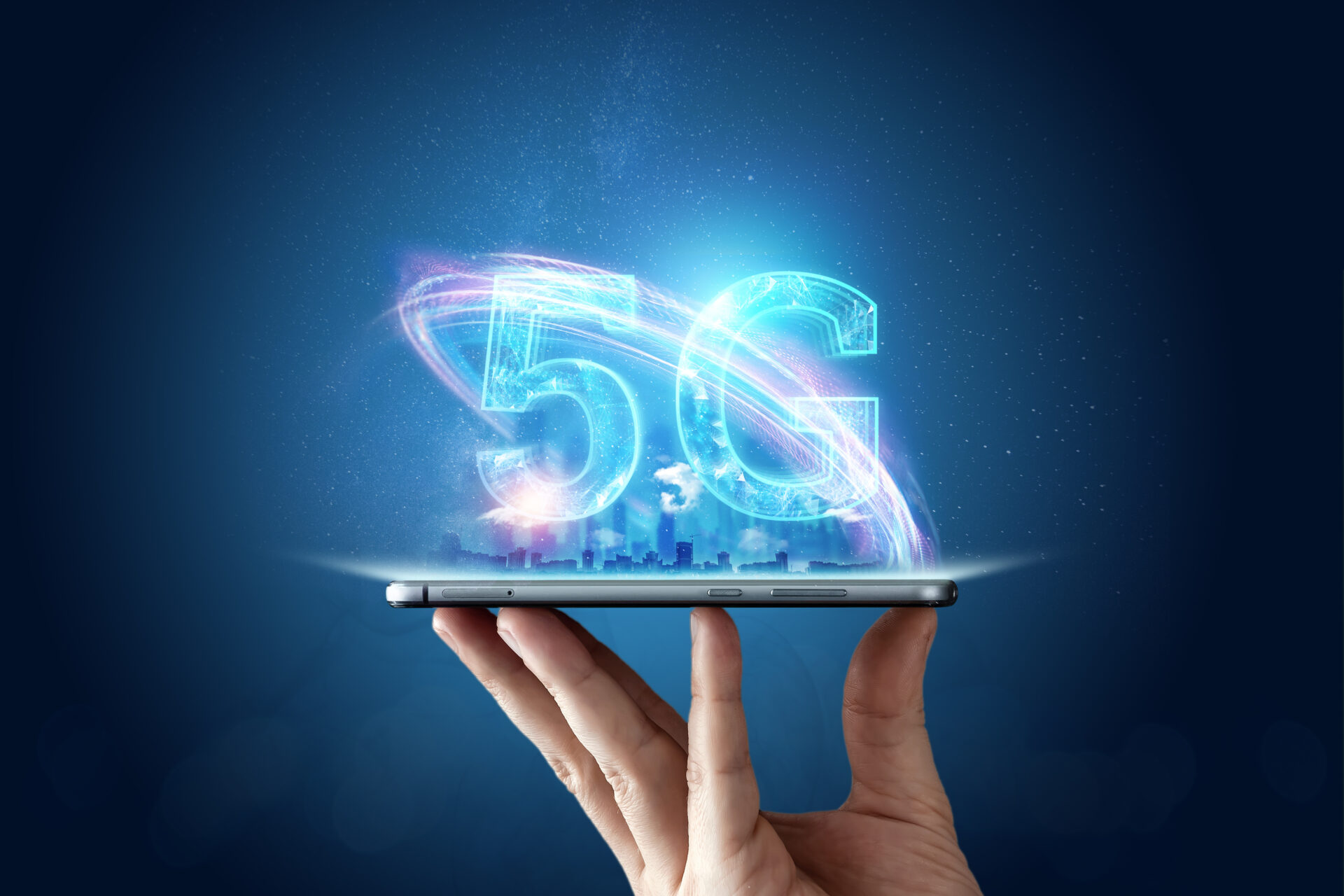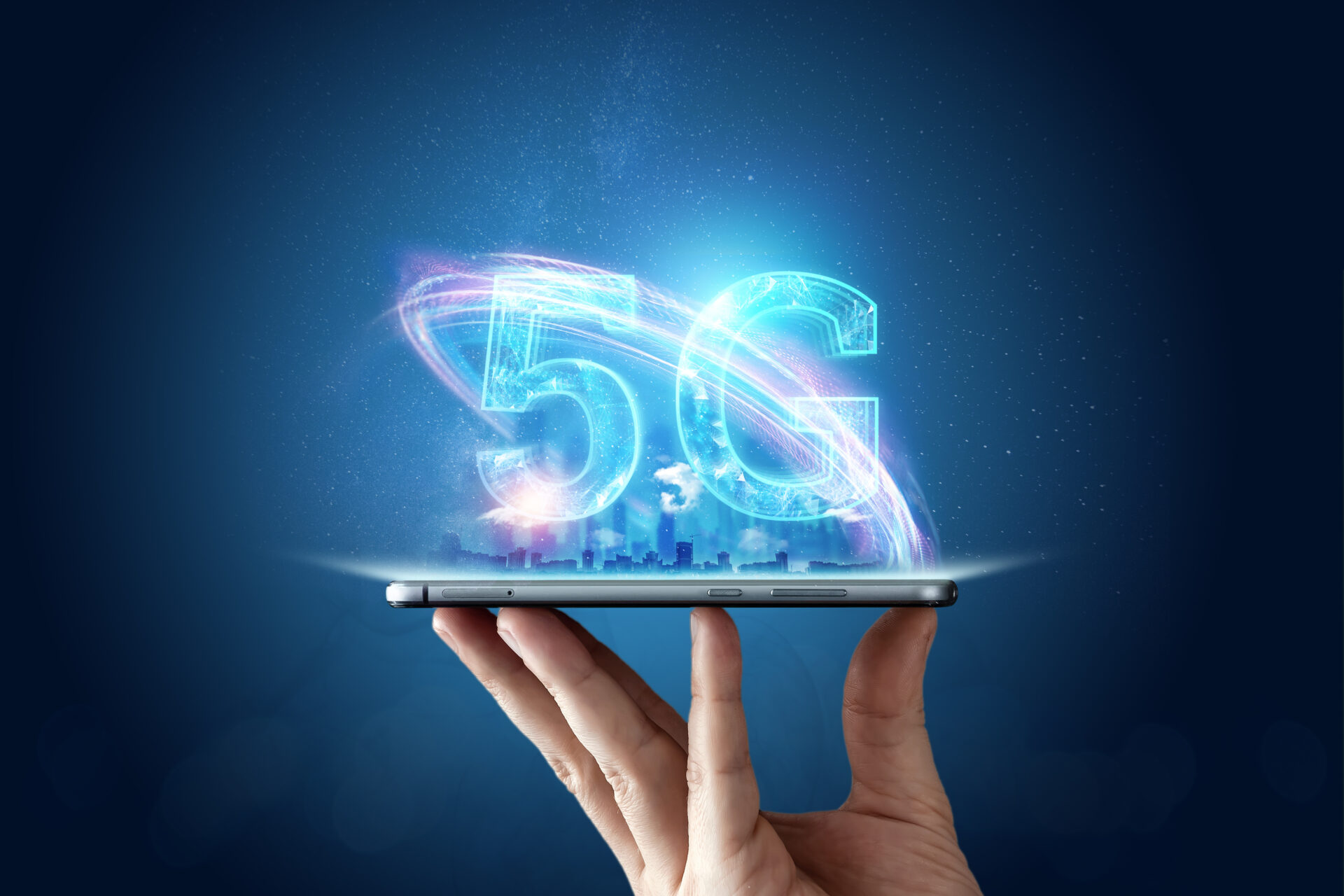In recent years, we have witnessed remarkable advancements in telecommunications technology, and the transition from traditional landline telephony to wireless communication has been at the forefront of this revolution.
As we approach the year 2025, many countries, including the UK, have made the decision to switch off their landline networks entirely, relying solely on mobile and wireless technologies. One of the key enablers of this transition is the deployment of 5G networks. In this guide, we will explore the role of 5G in the 2025 landline switch-off and its implications for the future of communication.
What Is 5G?
5G, or the fifth generation of wireless technology, represents a significant leap forward in terms of network speed, capacity, and connectivity. It offers ultra-low latency, higher data rates, and the ability to connect a massive number of devices simultaneously. These capabilities make 5G an ideal replacement for traditional landline networks, as it can provide reliable and high-quality voice and data services without the need for physical connections.
What Are the Key Features of 5G?
There are several critical aspects of 5G that make it a top alternative to landline telecommunications. We’ve outlined a few of the significant advantages of the deployment of 5G below, so you can be well-informed on the new, exciting network.
Enhanced Mobile Broadband
One of the key features of 5G is its ability to provide enhanced mobile broadband services. With 5G, users can experience incredibly fast internet speeds, comparable to or even exceeding those of traditional landline connections. This means that individuals and businesses can rely on wireless networks for tasks such as video conferencing, online gaming, streaming high-definition content, and large file downloads, all without the limitations of a physical connection.
Internet of Things (IoT)
Another significant aspect of 5G is its ability to support the Internet of Things (IoT) ecosystem. IoT refers to the network of interconnected devices and systems that communicate and share data. With 5G, the IoT can thrive due to its capacity to handle many connections, low latency, and energy-efficient communication. This opens up new possibilities for smart homes, autonomous vehicles, industrial automation, healthcare applications, and more.
IoT has unfortunately also opened up the potential for hackers and cyber criminals to exploit network vulnerabilities (source: ThreatSpike) and therefore, having the right safeguards in place is a very important step to take to mitigate these risks.
VoLTE and NoNR
Not to be confused with Voice over Internet Protocol (VoIP), Voice over LTE (VoLTE) and Voice over New Radio (VoNR) are technologies that allow voice calls to be made over 4G and 5G networks, respectively.
These technologies provide high-quality voice services over wireless networks, eliminating the need for separate landline connections for voice communication. As 5G networks become more prevalent, VoNR will become the standard for voice calls, ensuring that users can make and receive calls with excellent clarity and reliability without relying on landlines.
Network Reliability and Redundancy
5G networks are designed with built-in redundancy and network slicing capabilities. This means that even in the event of a network outage or disruption, the system can dynamically allocate network resources to ensure uninterrupted connectivity. Compared to traditional landlines that may be susceptible to physical damage or service disruptions, 5G networks provide a more resilient and reliable communication infrastructure, making them an ideal replacement for landlines.
Rural Connectivity
One of the challenges with landline networks is providing reliable connectivity in rural and remote areas. Laying physical cables and infrastructure in such locations can be costly and time-consuming. 5G networks, on the other hand, can reach these areas more easily, providing wireless connectivity to previously underserved communities. This is particularly crucial for bridging the digital divide and ensuring equal access to communication services for all.































